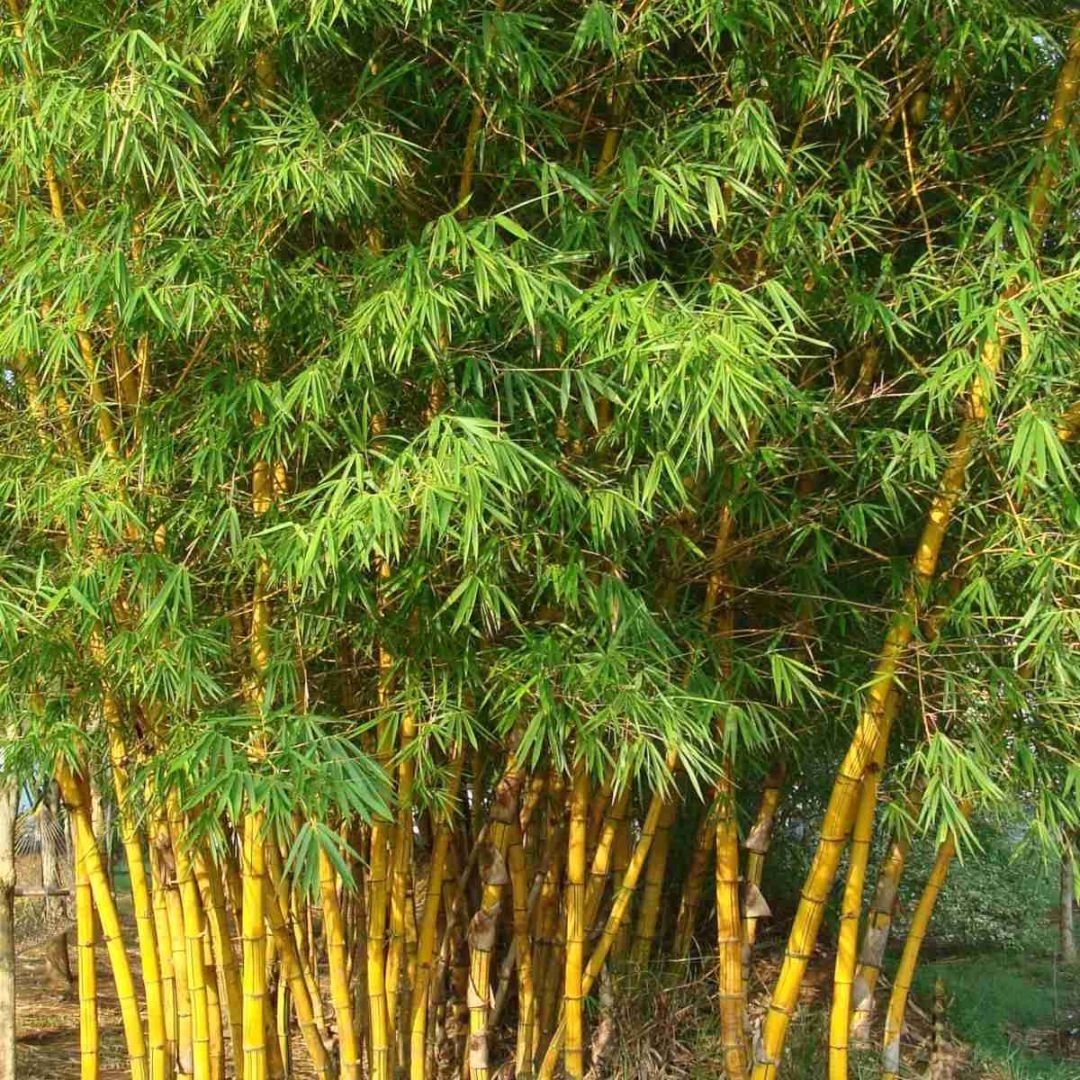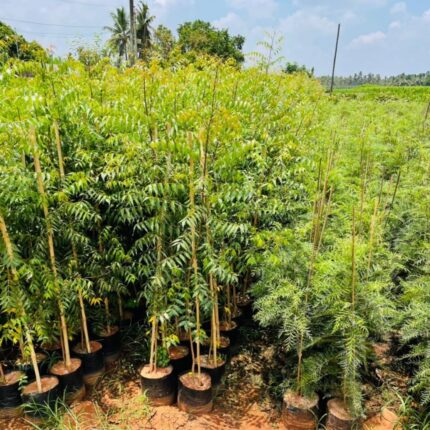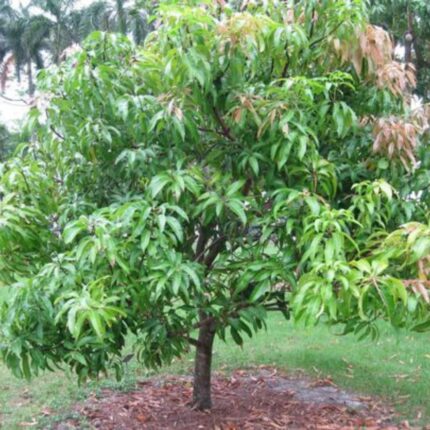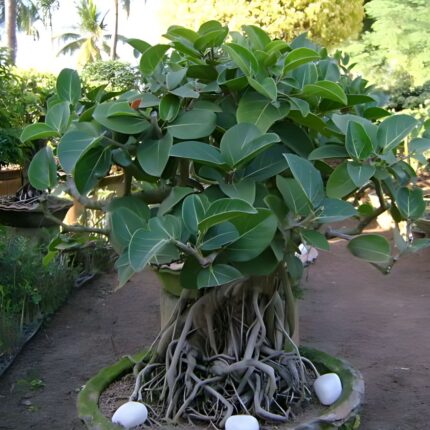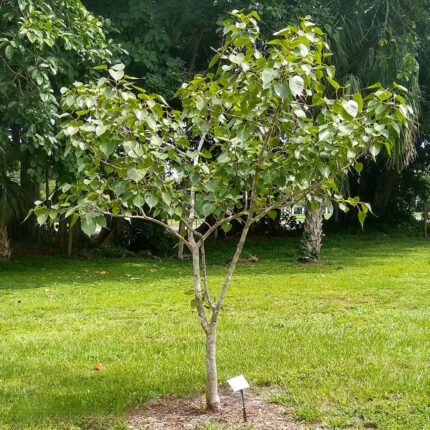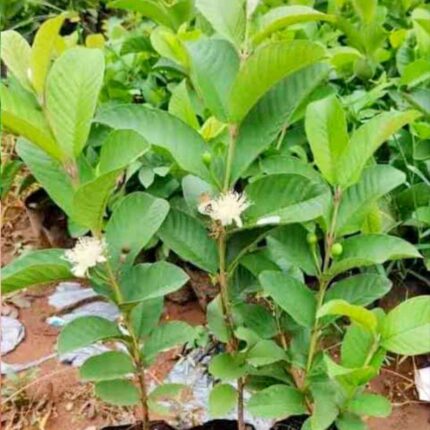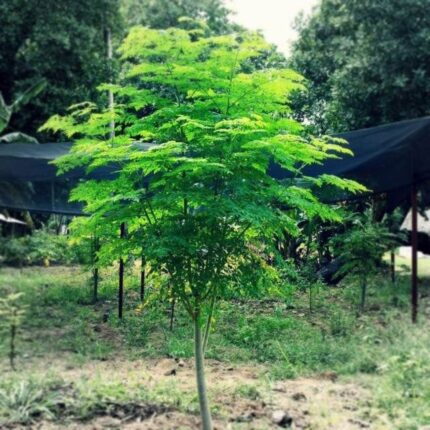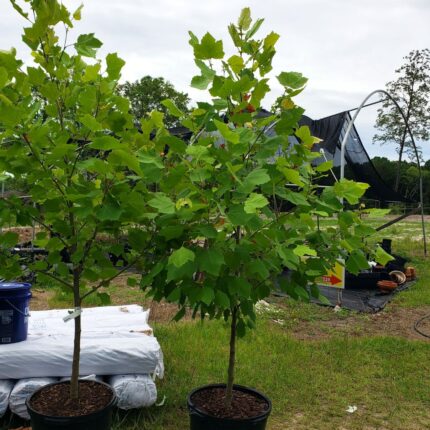Bamboo (बांस)
₹2,998.00
Bamboo is a versatile and fast-growing plant belonging to the grass family Poaceae. Known for its strength, flexibility, and sustainability, bamboo plays a significant role in various ecological and economic aspects.
Common Names
- Bamboo
- Bambusa (various species)
- Giant Bamboo (for larger species)
Botanical Characteristics
- Family: Poaceae
- Growth Habit: Perennial grass with woody stems (culms)
- Height: Ranges from 1 to 30 meters, depending on the species
- Growth Rate: Can grow up to 91 cm (36 inches) in a 24-hour period under optimal conditions
Benefits
- Environmental Impact:
- Carbon Sequestration: Bamboo absorbs more carbon dioxide and releases more oxygen than an equivalent stand of trees, helping mitigate climate change.
- Erosion Control: The extensive root system helps prevent soil erosion and stabilizes the soil, making it ideal for reforestation and land rehabilitation projects.
- Biodiversity: Provides habitat and food for various species, supporting local ecosystems.
- Economic Value:
- Sustainability: Bamboo is a renewable resource that regenerates quickly without the need for replanting, making it a sustainable alternative to timber.
- Versatility: Used in a wide range of industries, from construction and furniture to textiles and food.
Uses
- Construction and Building Material:
- Structural Use: Bamboo is used in scaffolding, bridges, houses, and flooring due to its high tensile strength and durability.
- Furniture and Handicrafts: Widely used in making furniture, utensils, decorative items, and musical instruments.
- Textiles and Paper:
- Fabric: Bamboo fibers are used to produce eco-friendly fabrics that are soft, breathable, and antibacterial.
- Paper: Bamboo pulp is used to make high-quality, sustainable paper products.
- Food Source:
- Edible Shoots: Young bamboo shoots are a popular ingredient in Asian cuisines, valued for their nutritional content and unique flavor.
- Environmental Applications:
- Erosion Control: Planted on slopes and riverbanks to prevent soil erosion and landslides.
- Afforestation: Used in reforestation projects to restore degraded lands and improve soil health.
Cultural Significance
Bamboo holds significant cultural value in many Asian countries, symbolizing strength, flexibility, and resilience. It is often featured in art, literature, and traditional practices.
Varieties
There are over 1,400 species of bamboo, each with unique characteristics suited to different climates and uses. Some popular varieties include:
- Phyllostachys edulis (Moso Bamboo): Known for its large size and use in construction.
- Bambusa vulgaris: Commonly used for furniture and handicrafts.
- Dendrocalamus giganteus (Giant Bamboo): One of the largest bamboo species, used in large-scale construction projects.
Cultivation
- Climate: Thrives in tropical and subtropical climates, but some species can tolerate temperate conditions.
- Soil: Prefers well-drained, fertile soils with high organic content.
- Watering: Requires regular watering, especially during the establishment period, but mature bamboo can tolerate periods of drought.
- Propagation: Primarily propagated through rhizomes, but can also be grown from seeds and cuttings.
Challenges
- Invasiveness: Some species can be invasive and difficult to control, spreading aggressively through their rhizome system.
- Pests and Diseases: Susceptible to pests like bamboo borers and diseases such as bamboo blight, which can affect growth and yield.
Conclusion
Bamboo is an extraordinary plant that offers numerous environmental, economic, and cultural benefits. Its rapid growth and versatility make it an invaluable resource for sustainable development, ecological conservation, and various industrial applications. By incorporating bamboo into our daily lives and reforestation efforts, we can contribute to a greener and more sustainable future.

